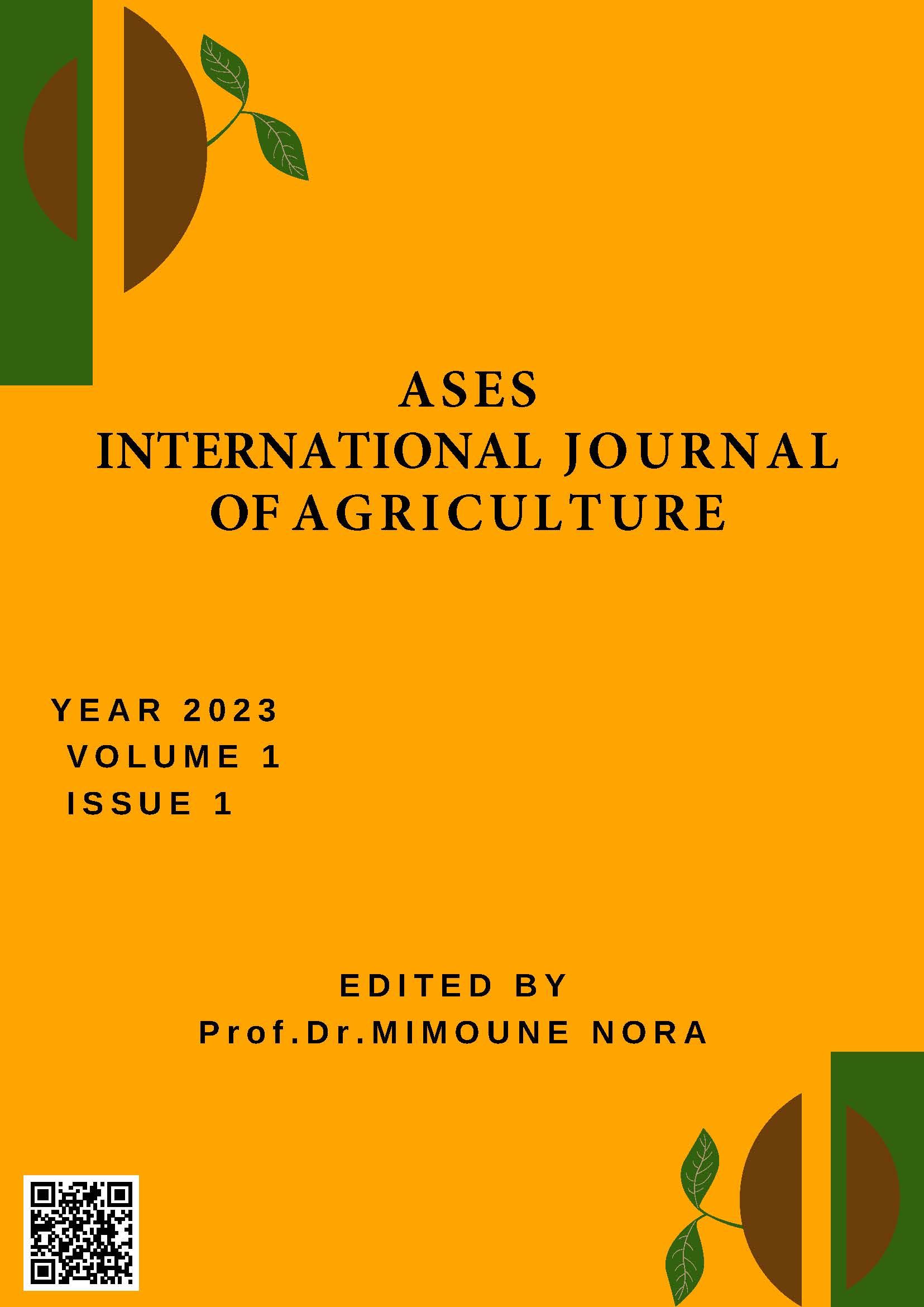PHYTOCHEMICAL SCREENING OF CERATONIA SILIQUA BARK AND LEAF
Keywords:
Ceratonia siliqua L., carob tree, phytochemical screening, flavonoidsAbstract
Ceratonia siliqua L. is a Mediterranean plant that is widely used in traditional medicine and in food for its fruit and seeds. Leaves and bark are therefore by-products of cultivation but are not valued. The objectives of this study is to compare the chemical components of the leaf and bark and to determine the different chemical classes present in these two parts. This is a descriptive comparative study by a tri-phytochemical screening of the leaf and bark of Ceratonia siliqua. The extraction is performed by three solvents of increasing polarity for each organ. On the six extracts obtained, characterization reactions of the different chemical groups are carried out. As result, both organs contain sterols, saponosides as well as polyphenols including catechic tannins but only the leaf contains flavonoids characterized in the three extracts of this organ. On the other hand, the reactions of alkaloids and quinones are negative for both organs, it would seem that this plant ensures a certain safety for their food and therapeutic use. The leaf proved very interesting by the presence of flavonoids known to date for their therapeutic virtues. These encouraging results must be supplemented by assays as well as bioassays and clinical trials.
References
Azab, A. (2017). CAROB (Ceratonia siliqua) : HEALTH, MEDICINE, CHEMISTRY. European Chemical Bulletin, 6(10), 456. https://doi.org/10.17628/ecb.2017.6.456-469
Bekro, Y.-A., Mamyrbekova, J. A., Boua, B. B., Bi, F. T., & Ehile, E. E. (2007). Étude ethnobotanique et screening phytochimique de Caesalpinia benthamiana (Baill.) Herend. Et Zarucchi (Caesalpiniaceae). Sciences & Nature, 4(2), Art. 2. https://doi.org/10.4314/scinat.v4i2.42146
Biner, B., Gubbuk, H., Karhan, M., Aksu, M., & Pekmezci, M. (2007). Sugar profiles of the pods of cultivated and wild types of carob bean (Ceratonia siliqua L.) in Turkey. Food Chemistry, 100(4), 1453‑1455. https://doi.org/10.1016/j.foodchem.2005.11.037
Hajaji, H. E., Lachkar, N., Alaoui, K., Cherrah, Y., Farah, A., Ennabili, A., Bali, B. E., & Lachkar, M. (2011). Antioxidant activity, phytochemical screening, and total phenolic content of extracts
from three genders of carob tree barks growing in Morocco. Arabian Journal of Chemistry, 4(3), 321‑324. https://doi.org/10.1016/j.arabjc.2010.06.053
Lachkar, N., Al-Sobarry, M., El-Hajaji, H., Lamkinsi, T., Lachkar, M., Cherrah, Y., & Alaoui, K. (2016). Anti-inflammatory and antioxidant effect of Ceratonia siliqua L. Methanol barks extract. Journal of Chemical and Pharmaceutical Research, 2016, 202‑210.
Naghmouchi, S., Khouja, M. L., Romero, A., Tous, J., & Boussaid, M. (2009). Tunisian carob (Ceratonia siliqua L.) populations : Morphological variability of pods and kernel. Scientia Horticulturae, 121(2), 125‑130. https://doi.org/10.1016/j.scienta.2009.02.026
Ronchetti, F., Russo, G., Bombardelli, E., & Bonati, A. (1971). A new alkaloid from Rauwolfia vomitoria. Phytochemistry, 10(6), 1385‑1388. https://doi.org/10.1016/S0031-9422(00)84347-2
Sassi, A., Bouhlel, I., Mustapha, N., Mokdad-Bzeouich, I., Chaabane, F., Ghedira, K., & Chekir-Ghedira, L. (2016). Assessment in vitro of the genotoxicity, antigenotoxicity and antioxidant of Ceratonia siliqua L. extracts in murine leukaemia cells L1210 by comet assay. Regulatory Toxicology and Pharmacology, 77, 117‑124. https://doi.org/10.1016/j.yrtph.2016.02.009
Wagner, H., Bladt, S., & Zgainski, E.-M. (2013). Drogenanalyse : Dünnschichtchromatographische Analyse von Arzneidrogen. Springer-Verlag.
Downloads
Published
How to Cite
Issue
Section
License
Copyright (c) 2023 Siham BABA AHMED

This work is licensed under a Creative Commons Attribution 4.0 International License.



